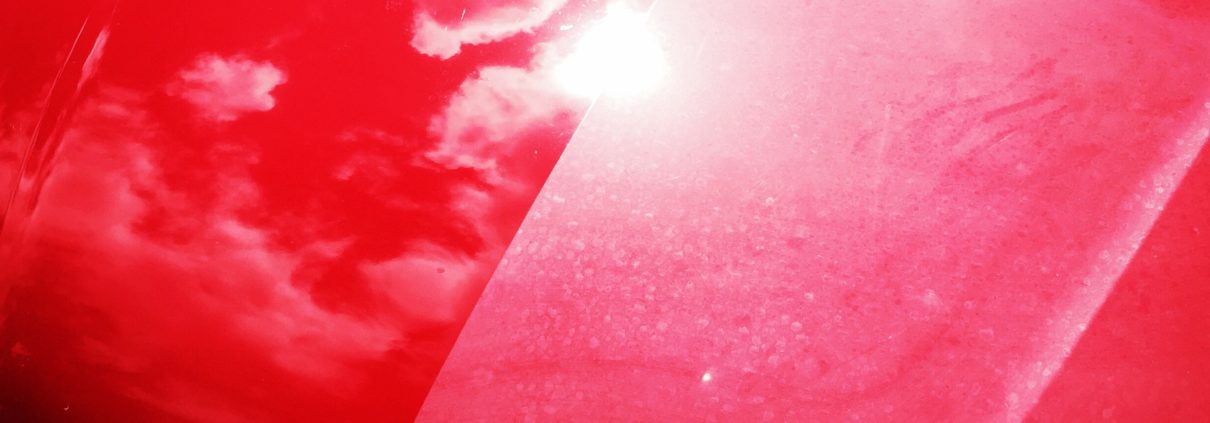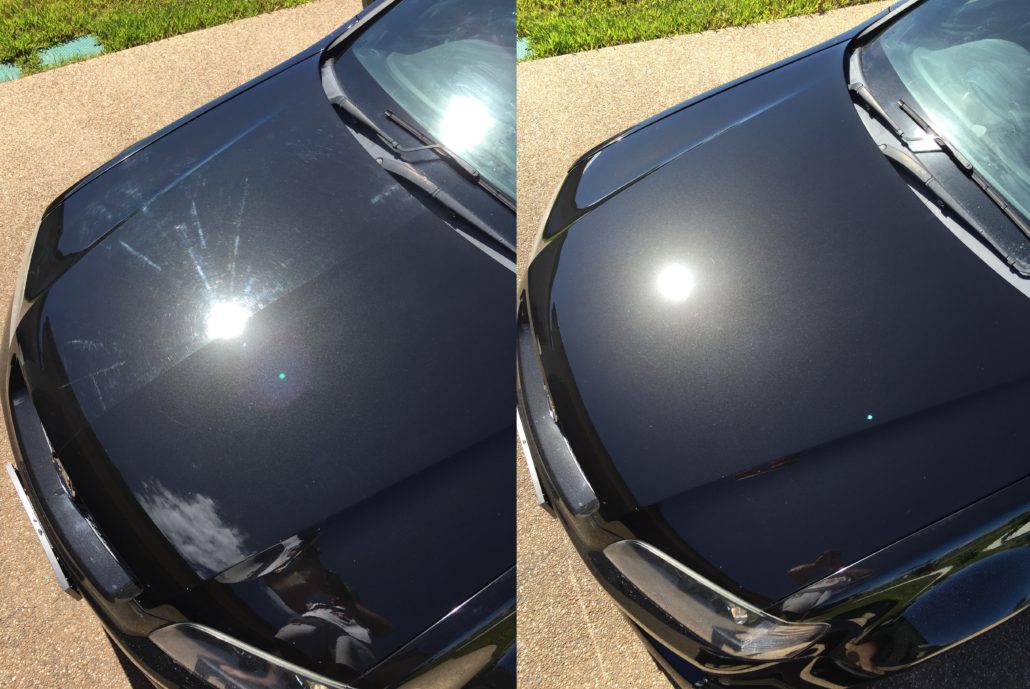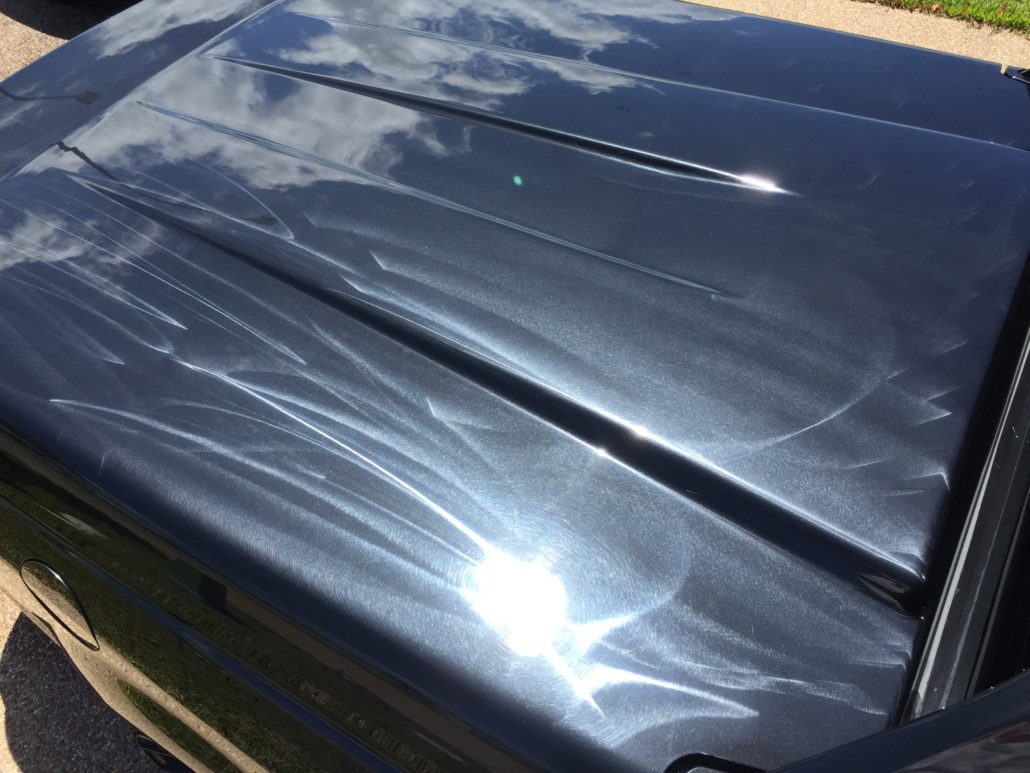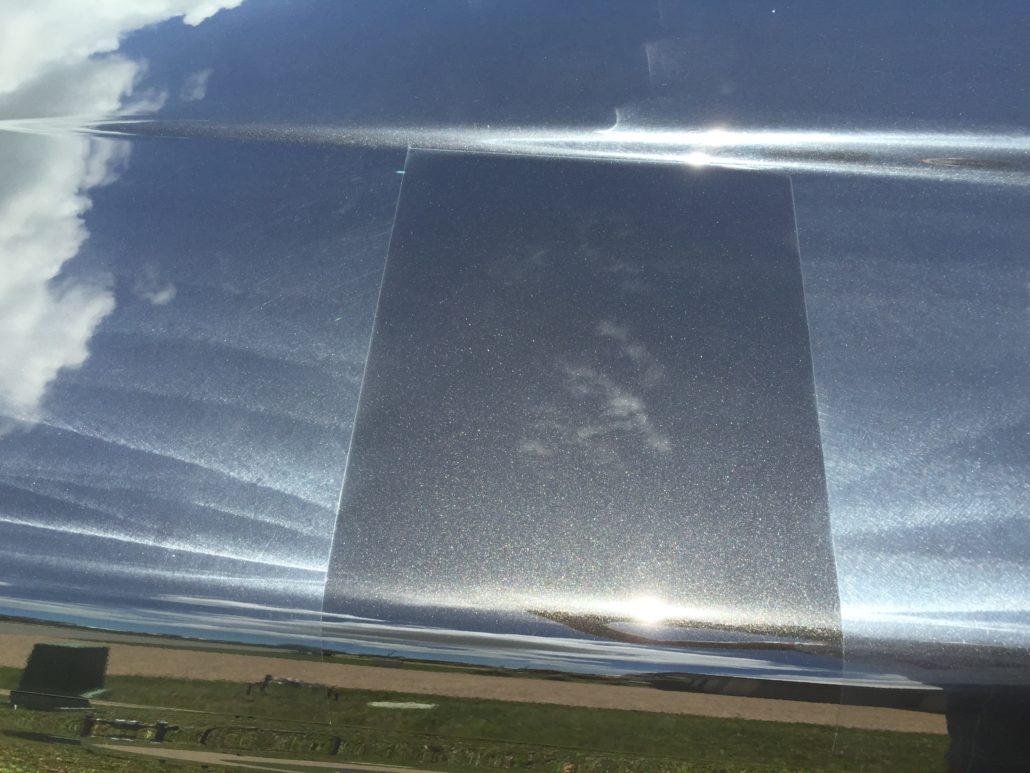Matte finishes and how to maintain them
Matte finishes used to be reserved for the likes of Lamborghini, Ferrari, BMW and Mercedes to name a few, however these days they are becoming a more common site as Hyundai and Harley Davidson have started mass producing these finishes over the last few years and vinyl wrapping has exploded worldwide thanks to 3M’s range of 1080P vinyl wraps. All it takes is a look through the halls of SEMA in Las Vegas to see every second vehicle in a matte finish.
There is however a lot of misinformation about these finishes, mainly on how to maintain them, or more importantly what not to do! So let’s delve into the world of modern day matte vehicles and answer the most commonly asked questions.

Can I use any sort of car care products on the finish?
Unfortunately hardly any general, off the shelf car care products that you find in automotive parts stores are suitable for this finish. These products nearly all contain some form of gloss enhancing agents, abrasives, waxes or silicones which will destroy the finish by creating patches of gloss which can not be undone. This includes most shampoos and quick detailing sprays. Remember, 99% of vehicles are manufactured to be glossy, so all these products are made for gloss paints so their sole purposes is to maximise this gloss. Something that you do not want.
So I can not polish or wax my vehicle?
No. This will instantly destroy the paint as the polishes will abrade the surface causing it to smooth out, creating gloss. The wax will fill the voids in the matte finish, once again smoothing the paint creating gloss. Even rubbing the paintwork a bit to vigorously with a cloth can easily damage the finish.
Can I still get scratches on my vehicle?
Yes, just as easily as any other vehicle. The major difference is even the smallest scratch can not be removed once it is in the matte finish. While gloss paints can have these scratches polished out through the means of compounds and polishes, matte vehicles can not as once again it will destroy the finish (noticing a pattern yet?). Therefore it is extremely important that good wash technique with the two bucket method is employed and only the best microfibre products should touch the paint.
Can I take the vehicle to a car wash?
No car wash, wether it is automatic or a hand car wash should touch the vehicle. This is because of two reasons. The first, is any car wash with any sort of brush will easily scratch the finish and two, even if no brushes are used, all the products that the car wash will use will contain gloss enhancing agents, waxes or silicones which again will glossify the finish.
So does all this mean that I don’t need to protect the finish?
Unfortunately matte finishes are more susceptible to damage from the environment then their gloss brothers. They are extremely prone to water spotting, bird dropping and bug damage which can easily stain the surface.
So after all of this, how on earth do you take care of the vehicle?
Washing requires the use of a proper shampoo containing no gloss enhancers what so ever made specifically for matte finishes. We recommend using Nanolex Matte Shampoo with the two bucket wash method using a soft microfiber wash mitt. For any finger prints, dust or water spots we recommend using Nanolex Matte Final Finish that renews the finish. Finally to protect the vehicle we recommend using Nanolex Spray Sealant which acts as a protective barrier, much like a wax or polymer sealant.
If all this sounds a bit to difficult, Attention To Detail offers a complete Matte Detailing Package where the vehicle will be properly prepped and protected for the next 12-24 months. We will also train you in the correct way to wash the vehicle so you can spend more time enjoying the finish rather than pulling your hair out trying to maintain it! We are one of the only companies in Townsville trained and experienced in properly taking care off matte paint and matte vinyl wraps so contact us today if you have any questions.











